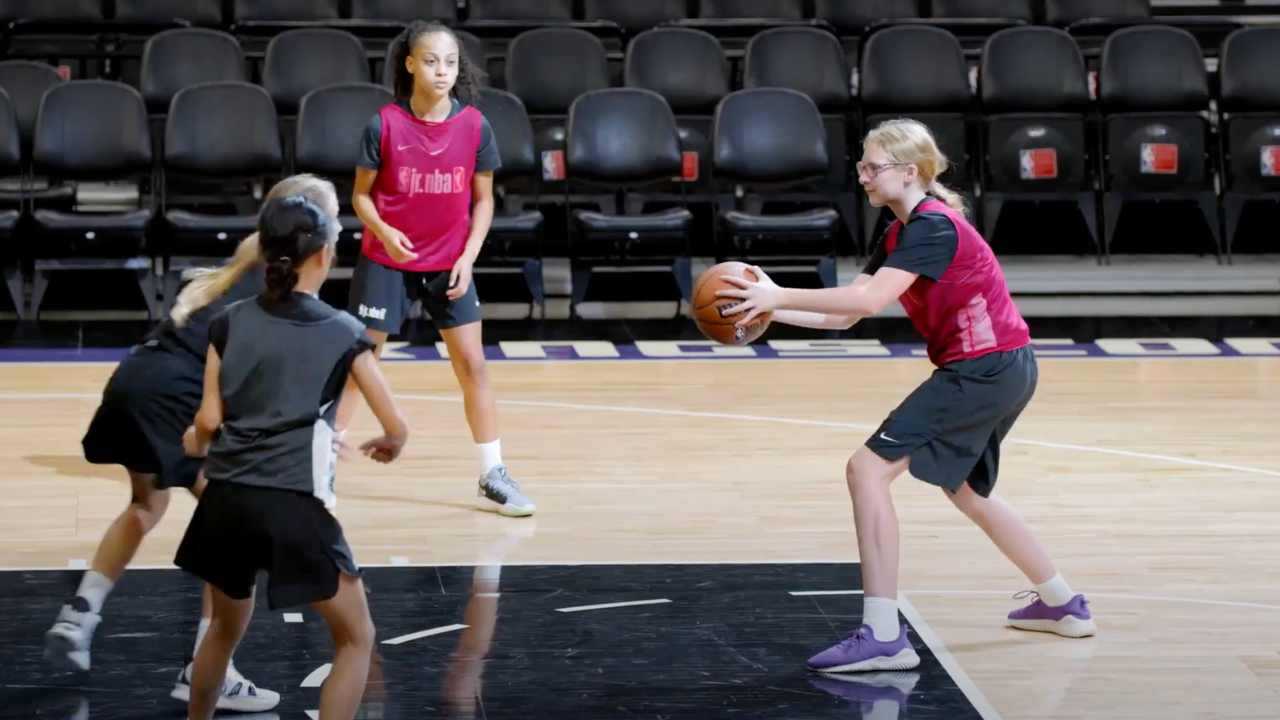Basketball 101: The Areas of the Court
Court awareness starts with knowing where you are on the basketball court
Team MOJO
| 5 min read

Canva
Words matter a lot in coaching — and not just positive feedback. At a basic level, when you’re trying to get kids to move in a certain way or specific direction, everyone needs to speak the same language.
Elbows. Wings. To the untrained ear, it’s unclear if you’re talking about body parts or basketball.
So, familiarize everyone with the areas of the basketball court with this simple guide.
1. The paint
(A.k.a the 3-second area). The area between the free throw line and the two lane lines is where most of the action happens in youth basketball. In most gyms, this area is painted — hence, “the paint.”
Depending on the rules in your league, offensive players (and sometimes defensive players) can only be in this area for 3 seconds — hence, “the 3-second area.”
2. The blocks
The blocks are the two hash marks on lane lines, closest to the basket.
3. The elbows
The elbows are where the lane lines and the free throw line intersect.
4. The elbows extended
(A.k.a. The free throw line extended) The elbows extended aren’t marked on the floor, but players should know these lines nonetheless. If you were to extend a line from either side of the free throw line, the area between the top of the key and the sideline, on either side, is the elbow extended.
5. The top of the circle
This is where the 3-point line and the free throw circle intersect.
6. The wings
The wings of the court are roughly where the elbows extended and the 3-point arc intersect.
There’s a “ballside” wing — the wing on the side of the court with whoever has the ball — and a “weakside” wing, which is on the opposite side.
7. The corners
The corners are where the sidelines and baselines meet, outside the 3-point arc.
8. The short corners
The short corners are on either side of the basket, near the baseline, roughly halfway between the sideline and the lane lines.












